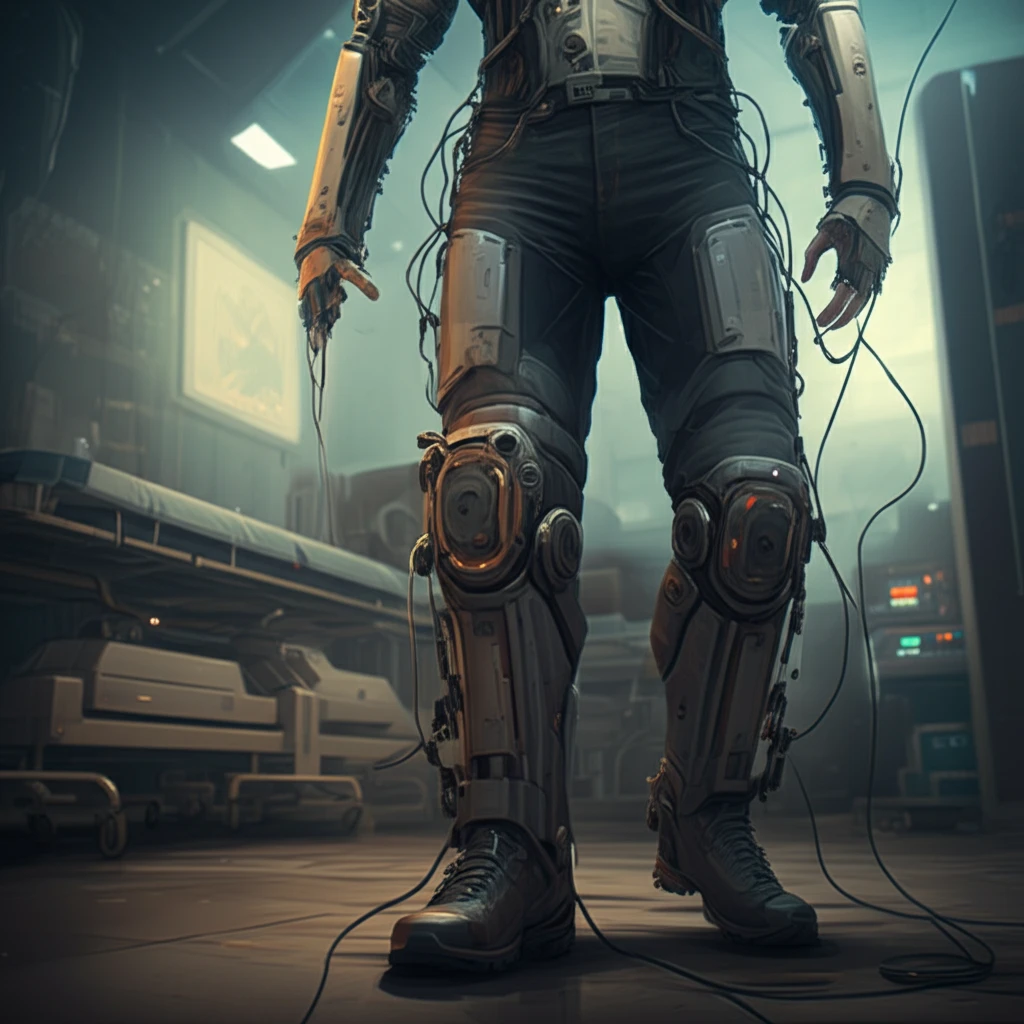
Robotic Exoskeletons: The Future of Knee Rehabilitation and Recovery
"Discover how cutting-edge robotic exoskeletons are revolutionizing lower limb rehabilitation, offering new hope and improved outcomes for patients with knee joint impairments."
Stroke stands as a leading cause of permanent disability worldwide, often resulting in partial paralysis that significantly impacts daily living. While rehabilitation therapy aims to restore lost abilities, traditional methods can be labor-intensive and challenging, both for patients and therapists.
Enter robotic exoskeletons: a technological advancement poised to transform lower limb rehabilitation. By integrating robotics into the recovery process, we can enhance the effectiveness of therapy, making it easier for therapists to assist patients in regaining mobility and independence.
This article delves into the exciting world of robotic exoskeletons for knee joint rehabilitation. We'll explore the control strategies that power these devices and discuss their potential to revolutionize the recovery journey for individuals with knee joint impairments.
Exoskeletons: A New Era in Rehabilitation

Robotic exoskeletons represent a significant leap forward in rehabilitation technology. These assistive robots are designed to either compensate for lost function or actively aid in the recovery process. Unlike traditional methods, exoskeletons offer the potential for:
- Consistency and Precision: Robotic assistance ensures that exercises are performed accurately and consistently, maximizing their therapeutic benefit.
- Customized Therapy: Exoskeletons can be programmed to deliver personalized rehabilitation programs tailored to each patient's specific needs and goals.
- Objective Monitoring: Sensors within the exoskeleton can track patient progress objectively, providing valuable data for therapists to optimize treatment plans.
- Reduced Therapist Burden: Exoskeletons alleviate the physical demands on therapists, allowing them to focus on patient motivation and overall well-being.
The Path Forward
Robotic exoskeletons represent a promising avenue for improving knee rehabilitation and restoring mobility to individuals with impairments. As research continues to refine control strategies and optimize exoskeleton design, we can expect even greater advancements in this field, leading to more effective and personalized rehabilitation experiences. The future of knee rehabilitation is here, and it's powered by robotics.
